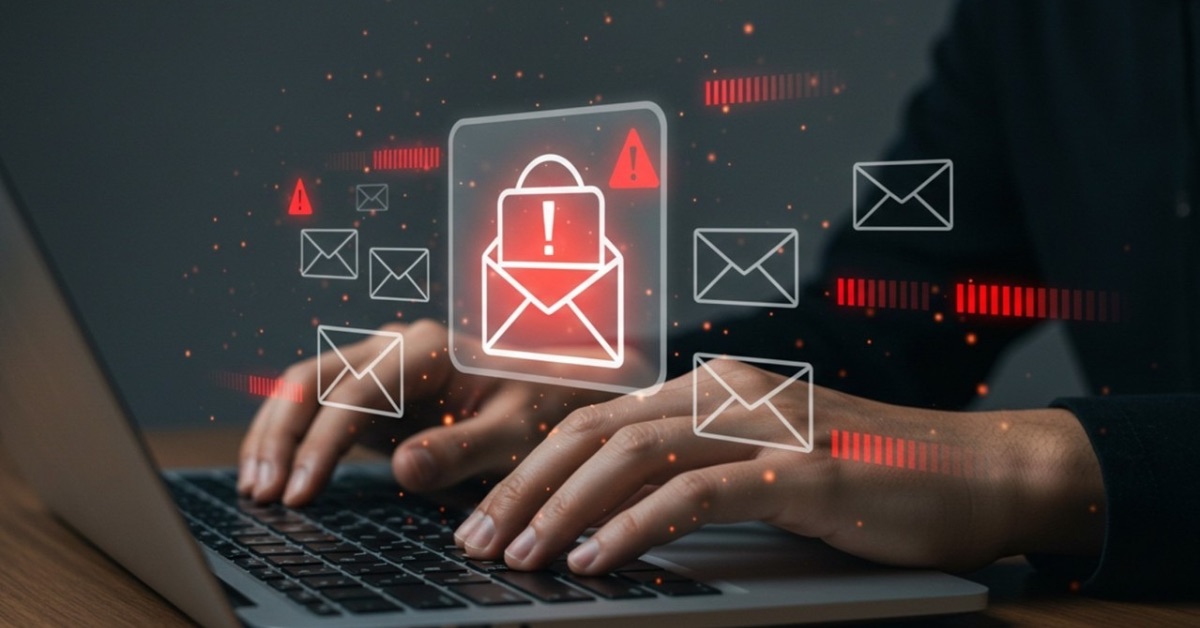The Ultimate Guide to Threat Management
March 4, 2023, 6 min read
Simply by being online, we’re subjected to a barrage of potential dangers. Whether it’s a link in an email or IM message, a malicious attachment that can access the Web, or any other protocol or component, all forms of internet fraud and malware employ HTTP or HTTPS protocols. That’s why we need a guide to threat management.
Cybercriminals benefit from most internet dangers because they may use the information they steal to make more money. Since the number and scope of cybercrime cases only seem to grow, it stands to reason that any company would do well to highlight cybersecurity as an integral part of its threat management detection system.
These online dangers provide a wide range of potential consequences, including monetary loss, identity theft, the disclosure of private information, the loss of network assets, the tarnishing of a company’s or an individual’s reputation, and the erosion of trust in digital financial transactions. Attacks on computers, networks, and other systems are possible because of these vulnerabilities. Vulnerabilities are dangerous because they allow hackers into the system and inflict damage or loss to users’ and businesses’ machines. Companies risk financial loss and reputational harm if they ignore the ever-present and potentially devastating threat of cybercrime.
Threat Management Tips for Businesses
Back up your critical data and systems regularly. Always make sure you have a backup copy and test it often. You must install all available security updates to keep your computer, smartphone, or other device safe. You can schedule automatic updates or manually download and install patches to keep your software up-to-date.
It is imperative to have antivirus and anti-malware software installed and kept up-to-date on all of your devices. Passwords should be robust and frequently changed. Also, for even more protection, think about using two-factor authentication. Use a trusted password management solution or unique passwords for each website or service. Never send your password or any other private information in an email without first encrypting it. Be wary of clicking on links in emails, social networking applications, or random websites to avoid phishing or ransomware. Ensure your internet router/firewall is running the most recent firmware and that you’re using a firewall. If you’re in charge of a wireless network, you should use encryption (such as WPA2) and swap out the password frequently. If you must access your systems from an unsecured network, such as public Wi-Fi, use a VPN (a virtual private network).
Threat Management for Schools
The first thing CIOs and other IT leaders need to realize is that the complexity of software and systems will only increase in the years ahead. Because of the proliferation of operating systems, apps, and devices, keeping track of these resources is a monumental challenge. Unfortunately, many educational institutions do not have adequate infrastructure to deal with a cyber security breach.
Technical and operational safeguards are required to protect sensitive information and hardware from intrusion.
Regarding cyber security, two-factor or multi-factor authentication can be a powerful tool against phishing and other forms of intrusion. Schools should activate alarms for any suspicious behavior or non-compliant devices to guarantee adherence to internet safety standards.
Ultimately, the most critical tactic is emphasizing security education and awareness among end users. Professors and students should be aware of the potential dangers of using the Internet and social media. For the sake of both students and teachers, he recommends that all institutions establish an explicit and defensible acceptable usage policy for remote learning platforms.
Managed security service providers can be invaluable for institutions lacking in-house cybersecurity expertise and infrastructure. Successful, long-term, and secure distance education is feasible with the help of the providers above. Remember, though, that not all providers offer the same level of protection for your personal information. Do your homework before entrusting your systems and services management to a third party.
Threat Management for Individuals
Update your apps, OS, and browser whenever updates are released. Updates to software typically contain new security features and remedies for previously discovered vulnerabilities. Malware can be avoided or at least mitigated by promptly installing available updates.
Use a trusted anti-malware program on your computer. If your device is already infected, this will help stop further infections and maybe fix the problem.
Never download apps from a store other than Google PlayTM or the App Store®. Generally speaking, programs from unofficial app stores or those that prompt you to download them are riskier because malware could be included in their design.
Passwords should be unique and never used for more than one service. If a hacker hacks one of your accounts, they may be able to access all accounts that use the same password.
Use a password manager, which can generate and store unique, lengthy, and complicated passwords.
If you use a website or app to conduct financial transactions or access your personal information, you should enable Multi-Factor Authentication (MFA)(opens in new tab). Multi-factor authentication (MFA) is an extra layer of security for your online accounts that work with your existing username and password.
Do not interact with communications that you did not initiate contact with. As a result, you risk having malicious software downloaded and installed on your computer. If you didn’t start the conversation, think twice before giving out any personally identifying information (PII) over the phone, via email, or text message. Keep your social media profiles as private as possible and minimize the amount of information you give. Identity thieves may use the details you post online.
Never grant more access than is strictly necessary to an app. If you provide app access to your images, location, camera, contacts, etc., the app developer will access your data and information, which can compromise your online anonymity.
Threat management for government agencies
If your government agency wants to lessen its vulnerability to cyberattacks, it needs a solid strategy for managing that risk. The idea is to evaluate, modify, and test defensive measures regularly. It’s essential to have a solid basis for your risk management strategies. Despite the ever-changing nature of risks, four defining characteristics can serve as a starting point.
The highest levels of government should make cyber risk management a top priority. National security, election integrity, and the need for additional resources are just a few examples of the potential fallout from a compromise. Leaders should convene relevant parties to implement an all-encompassing cyber risk management strategy.
Often, an employee’s use of a personal computer or mobile device on the company network is the weakest link in the cybersecurity chain. Staff should participate in regular exercises to ensure they are up-to-date on cyber threats and appropriate responses.
Employees will work harder if they are assessed frequently and given extensive training. Employees who have received fraud awareness training from the Kentucky State Treasury were instrumental in stopping a $5.3 million commercial email breach plot.
Businesses might use the Cybersecurity Capability Model (C2M2) to assess and enhance cybersecurity measures.
The Cybersecurity Framework developed by the National Institute of Standards and Technology is an invaluable tool for this purpose (CSF). Businesses can use the CSF and accompanying self-assessment toolkit to establish standards, determine priorities, implement risk management strategies, evaluate progress, and make necessary adjustments. With this method, government agencies can boost their readiness to a level that can face today’s threats.
Some government agencies may lack adequate staffing or funds to implement cybersecurity strategies, especially at the state and local levels. Bringing in outside aid can be a great way to beef up your security measures. In the event of a security breach, outside parties can do the following:
- Assist in performing capability, risk, vulnerability, and impact analyses
- Examine networks for vulnerabilities and suggest fixes
- Form a plan using your expertise in the field.
Make sure there are constant, intensive training and awareness programs in place.
Summary
As we head into 2023, cyber security remains a top concern for businesses and individuals. With the increasing reliance on technology, the potential for cyber-attacks has never been higher. To stay ahead of the curve, it’s essential to keep an eye on the latest cyber security trends. One of the biggest trends for 2023 is the rise of AI-powered attacks, which can automate finding vulnerabilities and launching attacks. Another trend to watch out for is the increasing use of biometrics, such as fingerprint and facial recognition, for authentication. Additionally, adopting cloud-based solutions is expected to grow, which presents new challenges for securing sensitive data in the cloud. By staying informed about these and other trends, businesses and individuals can better protect themselves against cyber threats in the year ahead.
In the event of a cyberattack on your online systems or other networks, financial institutions often have the knowledge, resources, and experience to aid in your defense. Lean on your financial partners to assist with cyber security education and awareness training, information sharing regarding best practices and mitigation techniques, and penetration testing.




























